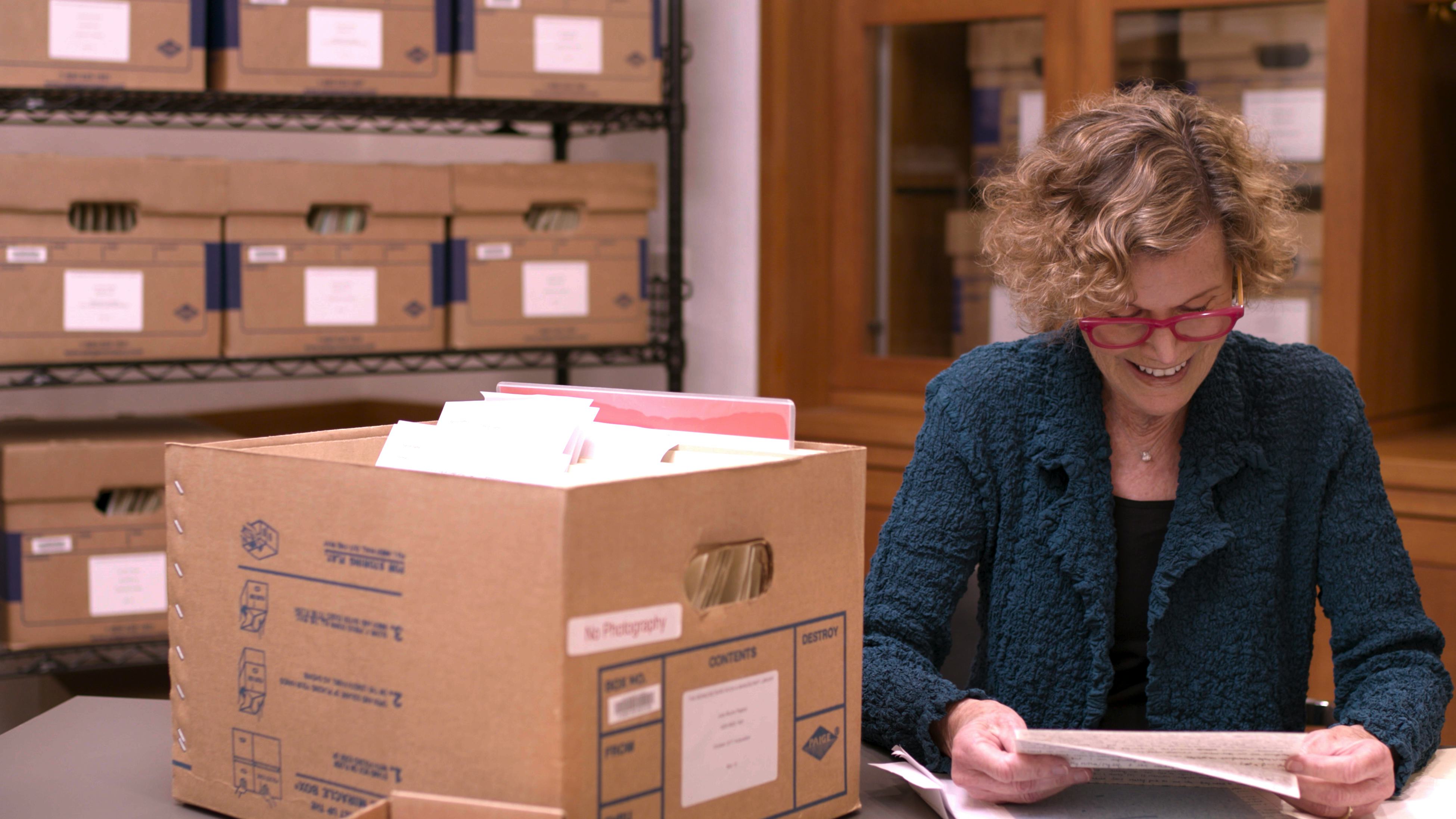

Unsurprisingly, young audiences proved hungry to read realistic depictions of their lives, and Blume immediately became perhaps the most important children’s author of the 70s and 80s. Blume’s third book, 1970’s Are You There, God? It’s Me, Margaret, came at a time when periods were treated as something shameful, even traumatic, even though they’re a natural bodily function nearly every girl experiences at some point.


Seuss,” before finding both her own voice, and a creative niche in writing honestly for preteens and adolescents. She wrote mostly to pass the time, starting with, in her own words, “terrible imitation Dr. Devastated by her father’s sudden death just weeks before her wedding, Blume settled into a comfortable but boring life as a middle-class wife and mother. Illustrated with whimsical animated sequences and excerpts from some of her most loved books, the first half of Judy Blume Forever recounts Blume’s life as a “good girl with a bad girl lurking just inside” in post-World War II suburban New Jersey. She’s finally given her roses in Davina Pardo and Leah Wolchok’s Judy Blume Forever, an affectionate look at the author’s six-decade career, and the lifelong impact her work left on women of all ages. Blume got what it was like to be a young person in a way that parents and teachers just couldn’t (or wouldn’t), and her readers came to think of her as a treasured friend. She even made sure to include boys in her audience, featuring male protagonists in Then Again, Maybe I Won’t and the popular Fudge series. Most of them were written with light humor, but some, such as Tiger Eyes and Forever, took serious, adult tones, addressing death, racism, and sexuality.īefore YA existed as a highly lucrative publishing genre, Blume’s understanding, conversational writing style touched girls across generations. Written in a gentle and empathetic tone (as opposed to the PSAs and educational films kids used to be forced to watch, which were like being chastised for something we hadn’t done), Blume’s books addressed real-life issues for teenagers like menstruation ( Are You There God? It’s Me, Margaret), bullying ( Blubber), parental divorce ( It’s Not the End of the World), body image ( Deenie), and anxiety ( Then Again, Maybe I Won’t).

Freedman as Herself, with a protagonist who (also like me) used her colorful imagination as an escape from a chaotic home life. No, scratch that, it was Starring Sally J. Or maybe it was Otherwise Known as Sheila the Great, because it’s where I learned about slam books, and its titular character (like me) masked her insecurities with wisecracks. I think Blubber was my favorite Judy Blume book growing up, because it acknowledged the casual cruelty of adolescent girls.


 0 kommentar(er)
0 kommentar(er)
